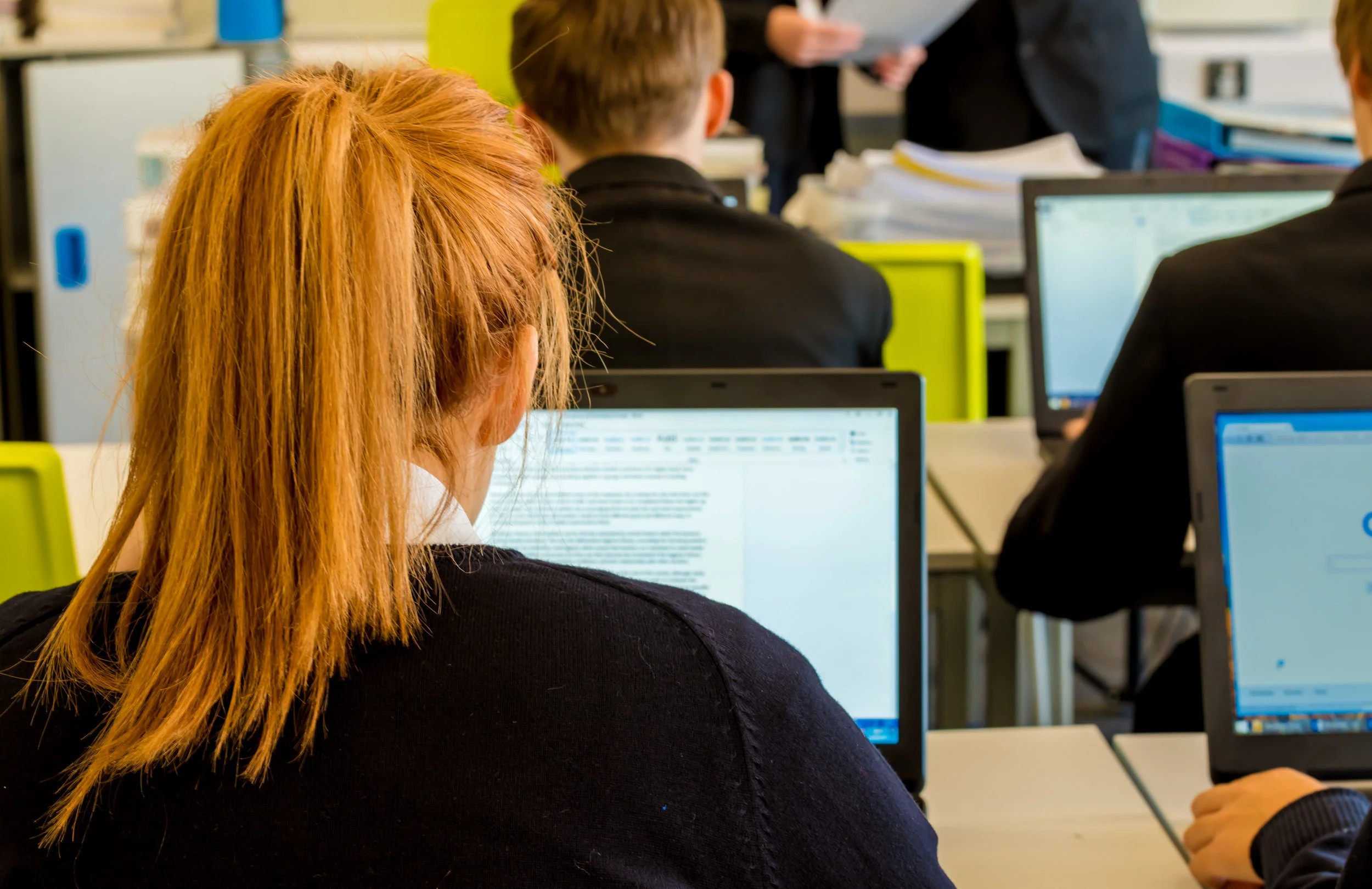E-SAFETY
What is ‘E-Safety’? E-Safety can also be called ‘Internet Safety’, ‘Online Safety’ or ‘Web Safety’. E-Safety is often defined as the safe and responsible use of technology. This includes the use of the internet and also other means of communication using electronic media (eg text messages, gaming devices, email etc).
E-Safety encompasses not only Internet technologies but also electronic communications via mobile phones, games consoles and wireless technology. It highlights the need to educate children and young people about the benefits, risks and responsibilities of using information technology.
- E-Safety concerns safeguarding children and young people in the digital world.
- E-Safety emphasises learning to understand and use new technologies in a positive way.
- E-Safety is less about restriction and more about education about the risks as well as the benefits so we can feel confident online.
- E-Safety is concerned with supporting children and young people to develop safer online behaviours both in and out of school.
In practice, E-Safety is as much about behaviour as it is electronic security. E-Safety in this context is classified into three areas of risk:
- Content: being exposed to illegal, inappropriate or harmful material.
- Contact: being subjected to harmful online interaction with other users.
- Conduct: personal online behaviour that increases the likelihood of, or causes, harm.
The Internet is an unmanaged, open communications channel. The World Wide Web, email, blogs and social networks all transmit information using the Internet’s communication infrastructure internationally at low cost. Anyone can send messages, discuss ideas and publish material with little restriction. These features of the Internet make it an invaluable resource used by millions of people every day.
Some of the material on the Internet is published for an adult audience and can include violent and adult content. Information on weapons, crime and racism may also be unsuitable for children and young people to access. Pupils need to develop critical skills to evaluate online material and learn that publishing personal information could compromise their security and that of others. Schools have a duty of care to enable pupils to use on-line systems safely.
The rapid development and accessibility of the Internet and new technologies such as personal publishing and social networking means that E-Safety is an ever growing and changing area of interest and concern.
E-Safety Resources for parents/carers
- CEOP (Child Exploitation & Online Protection)
- Childnet International
- Digital Dangers (Barnardo's resource)
- Digital parentcing checklist (Vodafone resource)
- E-Safety for parents/carers (Hwb resource)
- Keeping children safe (NSPCC)
- Kidsmart
- Parent Info
- Parent Zone
- Digital parenting magazine (Parent Zone resource)
- School Beat
- Social Networks Checklist (Hwb Resource)
- Think U Know


